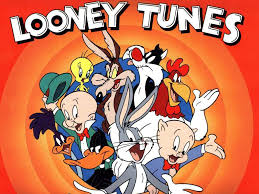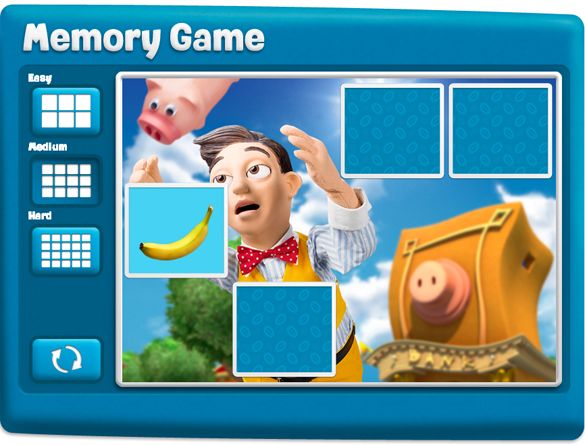Who can forget watching Looney Toons or Tom and Jerry on mornings? Cartoons have changed drastically over the years but have their lasting effects on children. Typically, children begin watching cartoons on television at an early age of six months, and by the age of two or three children become enthusiastic viewers. This has become a problem because too many children around the world are becoming addictive to television and the shows that have been watching have become violent. Violence on TV is an issue which has recently been growing in importance. These days it is extremely like difficult to find a TV channel that is 100% children friendly. Most channels have children’s programs mixed with commercials or movie previews that are inappropriate for children to view.

When we are born we have the capacity for motivation, experience, and training, and because of this our minds are very impressionable.


But it’s not that cartoons have only negative impacts on children. Cartoons are the central focus of many children's lives that parents manipulatively use to help keep the children occupied while they are busy with their office schedules. Many parents also express satisfaction with the educational benefits of TV and how it can teach positive behaviors. Children at every age learn a variety of things easily by watching educational cartoon films. Infants and toddlers start learning different words, and their meanings. Also, cartoons have a tremendous impact in improving the cognitive aspects among young children. Children become more creative by watching cartoon films. They try to do things in different ways so their imagination and creativity is enhanced. When parents buy different storybooks, watch different cartoons and children programs with their children or let their children to cinemas for watching movies.
When we are born we have the capacity for motivation, experience, and training, and because of this our minds are very impressionable.
Therefore, our brains’ development is a dynamic mix of nature and nurture, so it is important to choose a healthy environment for all children. It is good to know that the leaders of our medical professions feel that parents and supervisors of children are able to help slow the information down, and explain what the messages really mean, so as to have a more positive effect on our children. Watching cartoons is already a habit for most children, and it will be a part of their lives. Parents should think about how to prevent their children from the bad effects of cartoons. First of all, parents should spend time with their kids as much as they can. If they do not have enough time to spend with their children, they should know that what kind of cartoons their children can be allowed to watch every day.







